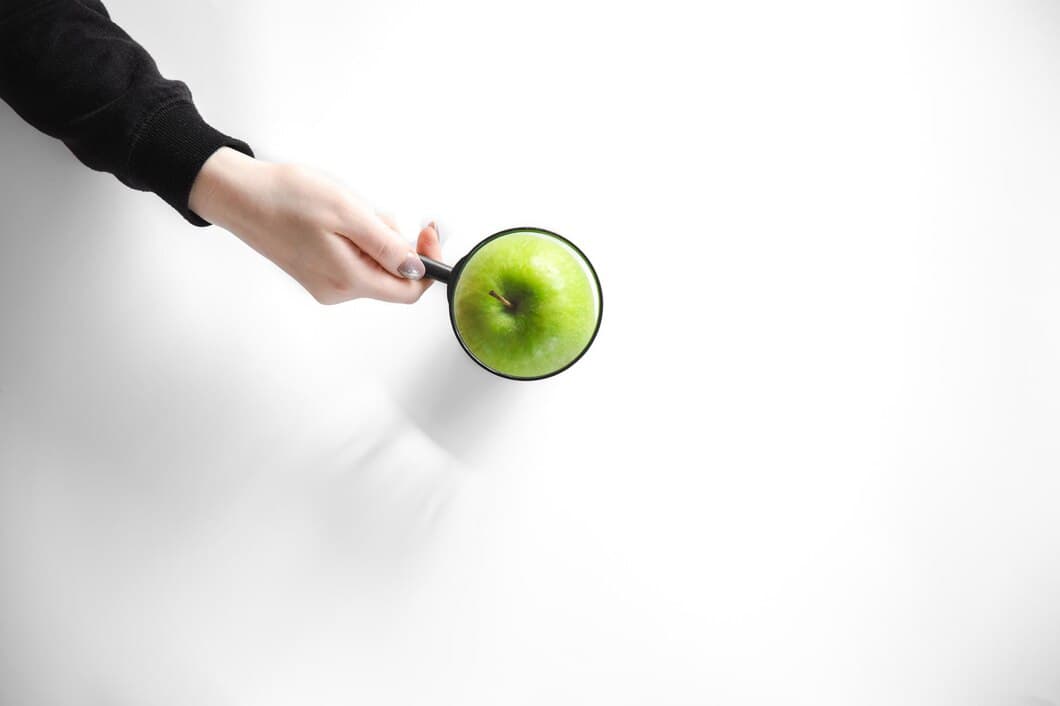Can You Turn Hips Too Much In Golf Swing?
-

Can you turn your hips too much in a golf swing? The answer is yes, it is possible to turn your hips too much in a golf swing. This can happen when you try to generate too much power or when you have a poor swing technique. When you turn your hips too much, it can throw off your balance and lead to a variety of swing problems, including a loss of power, accuracy, and consistency.
To avoid turning your hips too much, it is important to focus on making a smooth, controlled swing. You should also make sure that you are keeping your head down and your eyes focused on the ball. By following these tips, you can help to improve your swing and avoid the problems that can be caused by turning your hips too much.
.Common problems caused by excessive hip turn
Excessive hip turn in the golf swing can result in a number of problems. Firstly, it can lead to a loss of balance and stability during the downswing, which can make it difficult to control the direction of the shot. Secondly, it can cause the club to come over the top of the swing plane, resulting in a slice or hook. Finally, it can put excessive strain on the lower back, which can lead to pain and injury.
To avoid these problems, it is important to keep the hips relatively stable during the downswing. This can be done by focusing on rotating the hips around the spine, rather than laterally. It is also important to keep the knees slightly bent and the feet planted firmly on the ground.
If you are experiencing any of the problems mentioned above, it is important to seek advice from a qualified golf instructor. They can help you to identify the root cause of the problem and develop a plan to correct it.
Hip depth at impact
When it comes to the hip depth at impact in the golf swing, there is no one-size-fits-all answer. The optimal hip depth will vary depending on factors such as your height, weight, and swing length. However, as a general rule, you want to make sure that your hips are not too deep or too shallow at impact. If your hips are too deep, you will lose power and accuracy. If your hips are too shallow, you will have difficulty getting the clubhead down to the ground and making solid contact.
The best way to find the correct hip depth for you is to experiment during your practice sessions. Try hitting balls with different hip depths and see what feels most comfortable and gives you the best results. Once you have found the correct hip depth, make sure to practice consistently so that you can develop a consistent swing pattern.
Another way to improve your hip depth at impact is to strengthen your core and hip muscles. Strong core and hip muscles will help you to maintain a stable and balanced swing throughout the impact zone. This will help you to hit the ball more consistently and with more power.
Rotate hips properly
When you rotate your hips properly in the golf swing, you will create more power and consistency in your shots. Here are some key tips for rotating your hips properly:
* **Start with your feet shoulder-width apart and your knees slightly bent.** * **As you swing back, rotate your hips away from the target.** * **At the top of the backswing, your hips should be turned about 45 degrees away from the target.** * **As you swing down, rotate your hips towards the target.** * **At impact, your hips should be facing the target.** * **Continue rotating your hips through the follow-through.**By following these tips, you can improve your hip rotation and increase your power and consistency in your golf swing.
Hip clearing

Hip clearing is a critical element of the golf swing, but it's possible to overdo it. Excessive hip clearing can lead to a number of problems, including loss of power, accuracy, and consistency. It can also cause pain in the lower back and hips.
The key to proper hip clearing is to rotate your hips through the swing while keeping your spine straight. This will help you to generate power and accuracy, while also protecting your back. If you find yourself excessively clearing your hips, try to focus on keeping your spine straight and rotating your hips more slowly.
Early hip turn
An early hip turn in the golf swing can lead to a number of problems, including loss of balance, poor weight transfer, and an inconsistent swing. When the hips turn too early, it can cause the golfer to sway away from the target, which can lead to a loss of balance and power. Additionally, an early hip turn can make it difficult to transfer weight properly from the backswing to the downswing, which can result in a weak and ineffective swing. Finally, an early hip turn can make it difficult to maintain a consistent swing, as it can lead to different swing paths and clubface positions on each swing.
To avoid an early hip turn, it is important to keep the hips relatively quiet during the backswing. The hips should only start to turn as the downswing begins, and they should continue to turn through impact. By keeping the hips quiet during the backswing, golfers can improve their balance, weight transfer, and consistency.
.Fixing the problem of over-rotating the hips

Hip turn in the golf swing
The hips play an important role in generating power and control in the golf swing. Excessive hip turn, however, can lead to loss of balance, reduced clubhead speed, and poor shot accuracy. A balanced hip turn involves rotating the hips along the spine, while maintaining a stable lower body. This allows the golfer to coil and uncoil the body efficiently, generating maximum power and control.
To avoid excessive hip turn, golfers should focus on keeping their hips aligned with the spine throughout the swing. They should also avoid excessive lateral movement of the hips, as this can cause the body to sway off-balance. By maintaining proper hip alignment and rotation, golfers can improve their swing mechanics and reduce the risk of injury.
If a golfer is struggling with excessive hip turn, they may benefit from seeking instruction from a qualified golf coach. A coach can help the golfer identify and correct the underlying issues that are causing the excessive turn. With proper instruction and practice, golfers can learn to control their hip turn and improve their overall golf game.
Tips to avoid turning hips too much
Swing in front of a mirror and check that your shoulders are parallel to the target line at the top of your backswing. Your hips should be no more than 45 degrees open.
Practice swinging with a club that is too short for you. This will force you to keep your hips from turning too much.
Use a training aid, such as a swing analyzer, to help you stay in the correct hip position throughout your swing.
Work with a golf coach to refine your swing and make sure that you are not turning your hips too much.
Role of hips in the golf swing
The hips play a vital role in the golf swing as they generate power and control the direction of the shot. During the backswing, the hips should turn smoothly and in sequence with the shoulders, creating a coiled effect that stores energy.
As the downswing begins, the hips should start to rotate towards the target, creating torque and generating power for the swing. The hips continue to rotate through impact, providing stability and control for the shot.
If the hips turn too much during the downswing, it can cause the swing to become too steep and out of control, resulting in a loss of power and accuracy. However, if the hips turn too little, it can lead to a lack of power and a loss of control over the direction of the shot.
Therefore, it is essential to find the right balance in the rotation of the hips to ensure a powerful and accurate golf swing.
Hip-knee-ankle sequence and the golf swing

Frequently Asked Questions
Will excessive hip rotation affect my golf swing?
Excessive hip rotation can lead to loss of balance and power in the swing. It can also cause the club to travel outside the intended swing path, resulting in inaccurate shots.
How do I determine the correct amount of hip rotation?
The ideal amount of hip rotation varies depending on the individual golfer's swing technique. However, as a general guideline, the hips should rotate approximately 45 degrees during the backswing and 90 degrees during the downswing.
What are the consequences of insufficient hip rotation?
Insufficient hip rotation can result in a weak and ineffective golf swing. It can also lead to back pain and other injuries due to excessive strain on the lower back.
Can over-rotating my hips cause back pain?
Yes, excessive hip rotation can put a strain on the lower back, leading to pain and discomfort.
Summary
There should be a lot of rotation, but your hips shouldn't be swaying back and forwards. Your hips should be rotating in sync with your body and arms. When you make your transition, your hips will move back slightly and then turn forward into the backswing.
Your hips then continue to turn until your backswing is complete. When you start your downswing, your hips will start to turn back again, and then they will turn all the way through until you finish your follow-through.